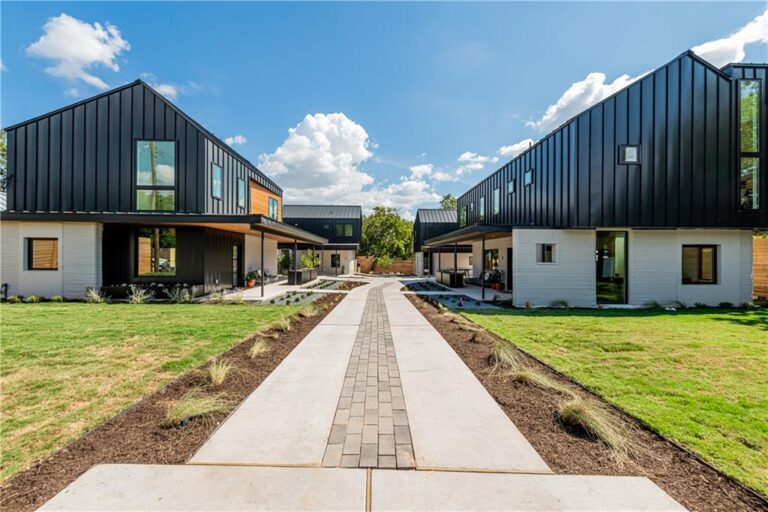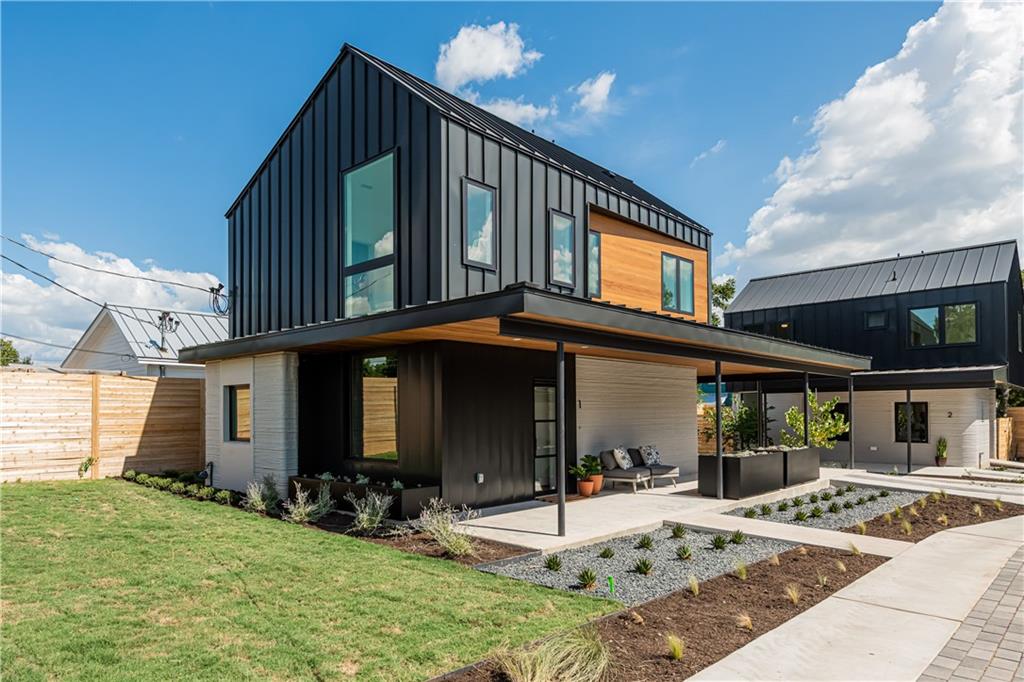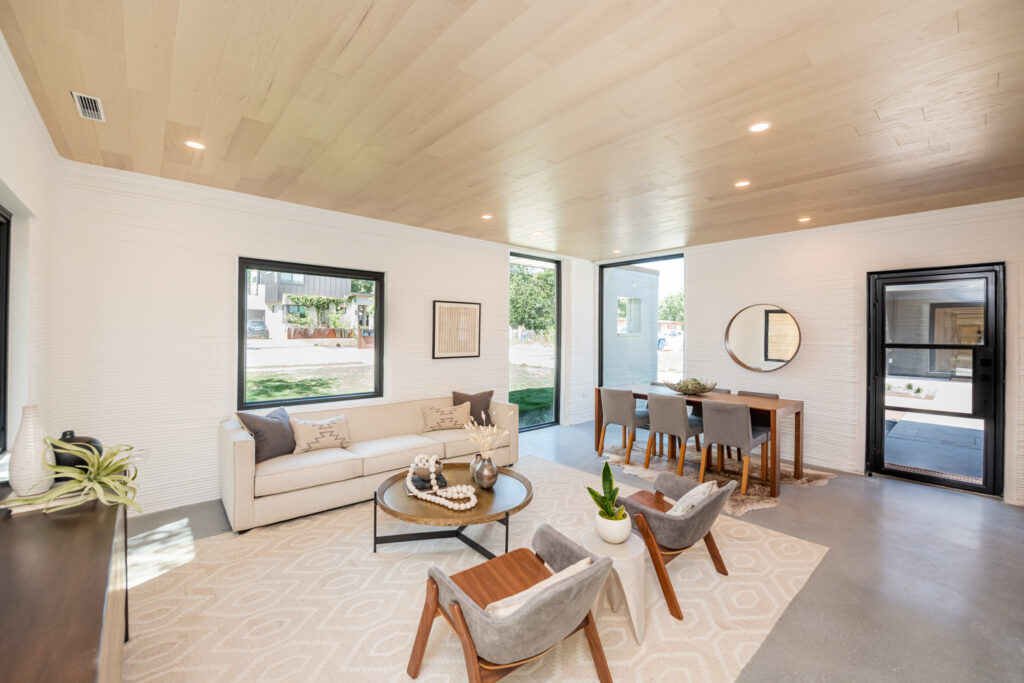
ICON, an Austin-based construction technology company, has partnered with Kansas City developer 3Strands to bring 3D printed homes to East Austin.
The development project, East 17th Street Residences, is located in the heart of the East Austin community. Two units have already been sold, while the remaining two are entering the hot Texas housing market this week, starting at $745,000.
Designed by Austin-based firm Logan Architecture, all four residences feature a ground floor constructed with ICON’s Vulcan construction 3D printer and a proprietary cementitious material called Lavacrete, which ICON claims to be stronger and more resilient than traditional building materials. The process also makes 3D printed homes better equipped to withstand fire, flood, wind, and other natural disasters.
“We want to change the way we build, own and how we live in community together,” said Gary O’Dell, Co-founder and CEO of ICON, when the project was first announced in March 2021. “This project represents a big step forward, pushing the boundaries of new technologies.”

Each of the two-to-four-bedroom homes are between 1,000 and 2,000 square feet and took about a week to print.
The interior design was created by Austin-based designer Claire Zinnecker, who drew inspiration from the organic, traditional language of the Southwest. She chose a simplified color palette of green, white and terracotta and fixtures that play off the natural materials.
Flooring downstairs is finished with a concrete overlay, while engineered wood is used upstairs. Double glazing, tankless water heaters and variable capacity AC systems are all included to help with energy efficiency.

The striations created by the printing process are visible from both outside and inside the building, but according to ICON, the irregular layers are part of the charm.
So far, ICON has printed two dozen houses and structures across the US and Mexico. The company is also involved in developing construction systems for the future exploration of Mars, in a partnership with NASA and Bjarke Ingels Group.
As technology continues to advance and 3D printed houses pop up around the world, built using a variety of materials that range from bioplastic to clay, it seems that many young Americans are ready to embrace the trend.
A new study from Realtor.com has found 66 percent of all consumers would consider living in a 3D-printed home, with 75 percent of millennials ready to consider the change.
The survey also found that 30 percent of all respondents and 43 percent of millennials think that 3D-printed homes will replace traditional methods of homebuilding.
Factors that would persuade people to live in a 3D-printed home include: lower cost (54 percent), more energy efficient (51 percent), more resistant to natural disasters (42 percent), faster to build (41 percent), more customizable (39 percent), and produces less waste than traditional building methods (32 percent).